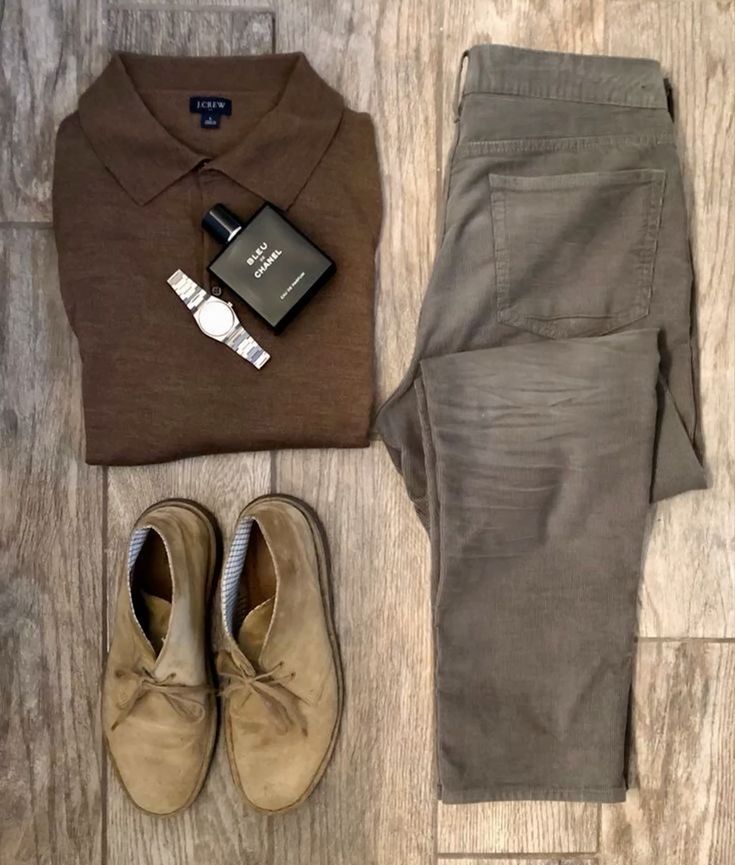
How to Keep Your Clothes Looking New
Table of Contents
- Understanding Fabric Care Basics
- Washing Techniques for Longevity
- Drying Methods That Prevent Damage
- Storing Clothes Properly
- Handling Stains the Right Way
- Choosing Quality Detergents & Products
- Avoiding Common Laundry Mistakes
- Maintaining Color & Texture
- When to Seek Professional Help
Understanding Fabric Care Basics
Different fabrics require unique care methods. Always check the garment’s care label before washing. Natural fibers like cotton and wool need gentler handling than synthetics. Ignoring these guidelines can lead to fading, shrinkage, or fabric damage. Knowing fabric types helps extend clothing lifespan.
Washing Techniques for Longevity
Turn clothes inside out to protect colors and prints. Use cold water to prevent fading and shrinking. Avoid overloading the washer to ensure proper cleaning. Delicate items should go in a mesh bag. Skip harsh detergents—opt for mild, eco-friendly options instead.
Drying Methods That Prevent Damage
Air-drying is the safest option for most fabrics. If using a dryer, select low heat to avoid shrinkage. Remove clothes promptly to prevent wrinkles. Stretch wool and knitwear back into shape while damp. Never wring out delicate fabrics—roll them in a towel to absorb moisture.
Storing Clothes Properly
Fold heavy knits to prevent stretching on hangers. Use padded hangers for delicate blouses and suits. Store seasonal items in breathable garment bags. Keep drawers organized to avoid unnecessary creasing. Cedar blocks or silica packets help prevent moth damage.
Handling Stains the Right Way
Treat stains immediately—the longer they sit, the harder they are to remove. Blot (don’t rub) to avoid spreading the stain. Use stain removers suited for the fabric type. Test any cleaner on an inconspicuous area first. For tough stains, repeat treatment before washing.
Choosing Quality Detergents & Products
Mild detergents preserve fabric integrity. Avoid bleach unless necessary—opt for oxygen-based brighteners. Fabric softeners can weaken fibers over time. Use wool-specific washes for sweaters and delicates. Eco-friendly detergents are gentler on clothes and skin.
Avoiding Common Laundry Mistakes
Overloading the machine leads to poor cleaning and wear. Using too much detergent causes residue buildup. Zippers and hooks can snag fabrics—fasten them before washing. Skipping sorting leads to color bleeding. High heat damages elastic and synthetic fibers.
Maintaining Color & Texture
Wash dark colors separately to prevent fading. Turn denim inside out to preserve indigo dye. Refresh black clothes with coffee or vinegar rinses. Use a fabric shaver to remove pills from sweaters. Steam instead of ironing to reduce direct heat exposure.
When to Seek Professional Help
Dry-clean-only items require expert care. Stubborn stains may need specialized treatment. Leather and suede need conditioning and professional cleaning. Vintage or expensive garments deserve tailored care. Tailors can reinforce weak seams and buttons.